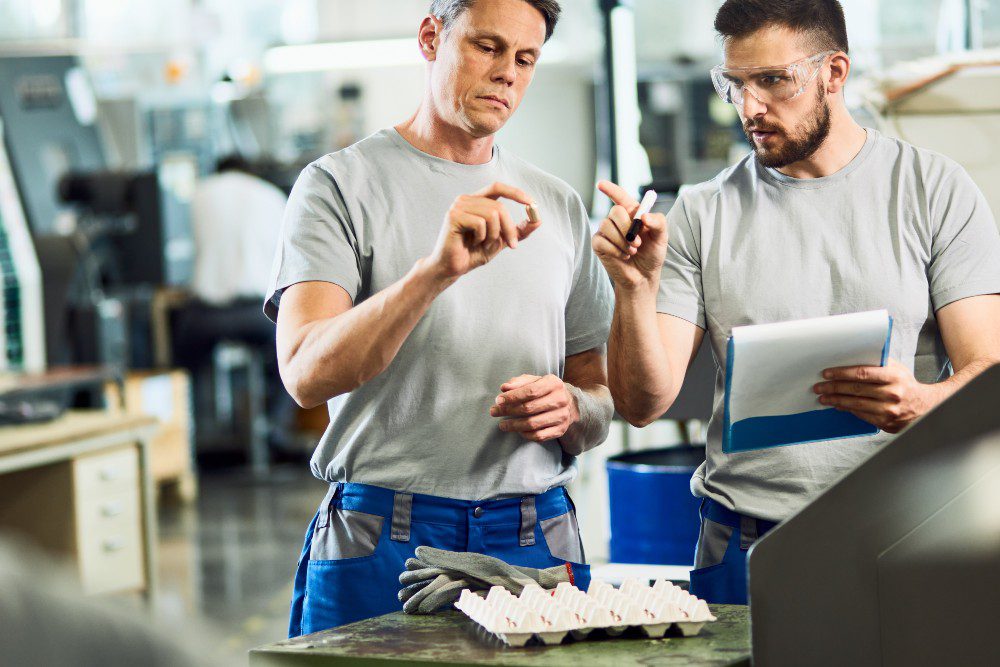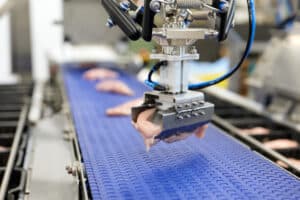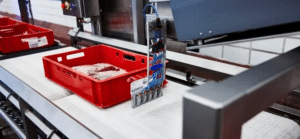Manufacturers are always looking for ways to increase productivity, cut waste, and strengthen their competitive advantage in their aim of excellence in operation. The use of automation in lean manufacturing practices is an effective tool for achieving those goals. Manufacturing can be revolutionized by automation, which also reduces waste, enhances process efficiency, and ultimately promote operational excellence. This blog post will look at the important advantages of automation in lean manufacturing and how it might change manufacturing businesses.
Waste Reduction through Automation
Waste is a primary concern for lean manufacturing, as it hinders productivity and increases costs. Automation offers a multitude of ways to eliminate waste in manufacturing processes:
Overproduction
Products are made in excess of what is needed, which results in higher inventory and storage expenses. Automation technology can help businesses optimize production based on real-time demand information. Systems for automation make it possible to modify production levels and schedules, ensuring that goods are produced only when required and reducing the likelihood of overproduction.
Waiting
In the manufacturing industry, waiting time is an important contributor of waste. It happens when supplies, machinery, or personnel are not in use, which causes holdups and inefficiencies. By synchronizing processes and optimizing workflows, automation can end waiting periods. In order to assure a continuous flow of commodities, for instance, automated conveyors, robots, and material handling systems are used. This minimizes downtime and waiting times.
Processing
Automation is essential for raising the effectiveness and quality of processes. Businesses can increase manufacturing precision, consistency, and speed by automating repetitive processes. Manufacturing processes are carried out precisely and reliably thanks to automated assembly lines, robotic systems, and CNC equipment. This lowers the likelihood of mistakes, rework, and related waste, improving the quality of the final product.

Source: Freepik
Improved Process Flow
Automation technologies greatly contribute to optimizing process flow in lean manufacturing. They enable seamless integration of various stages in the production process, ensuring smooth transitions and reducing bottlenecks. Key automation solutions that enhance process flow include:
Integrated Production Systems
Automation makes it possible to integrate several production systems, allowing for data synchronization and exchange. This connection improves communication between various manufacturing stages, enabling smooth operations and reducing delays brought on by manual handoffs.
Predictive Analytics
An enormous amount of data from manufacturing processes can be gathered via automation systems. Businesses can obtain important insights into the performance of their processes by implementing advanced analytics and machine learning algorithms. These insights enable data-driven decision-making and ongoing process optimization by identifying bottlenecks, inefficiencies, and areas for improvement.
Real-Time Monitoring and Control
Automation technologies enable businesses to proactively manage production processes by offering real-time monitoring and control. Real-time monitoring of key performance indicators (KPIs) enables businesses to see deviations from goals and move swiftly to remedy them. This leads to increased process flow, decreased variability, and greater process stability.
PERUZA’s Reduced giveaway line
This PERUZA’s Reduced giveaway line, which was designed to automatically insert raw products into plastic trays or boxes, ensures higher line capacity and decreased product giveaways (less than 1%) by calculating the best combinations – the best destination for each fish. It gives noticeable profits if you calculate the giveaway costs. Even a few grams of overweight reduction for each pack brings significant profits.
The PERUZA Reduced Giveaway Line also called tray loader is specifically designed to automate the process of inserting products into plastic trays or boxes, or even thermoformed vacuum bags, ensuring that they meet the specified final weight range for packaging. There are many products that can be loaded, like frozen or fresh meat (pork, beef, poultry) steaks, fillets, chicken wings, drumsticks, legs, and fish (salmon, trout, cod, hake, herring, and other) fillets.
By using precise calculations, this system minimizes product overweight while maximizing line capacity. The products are fed onto the main product conveyor, where they are arranged in a single lane or multiple lanes, depending on the requirements. Once on the conveyor, the products pass through a 3D dimension recognition and weight calculation unit. This unit accurately measures the dimensions and weight of each product. Based on the calculated weight, the system’s program sends a signal to a robot equipped with the appropriate gripper. The robot picks up the product and precisely places it into a tray or box, ensuring that the set final weight range for packaging is achieved. The final weight range for packaging and the current line setup can be easily adjusted through a user-friendly smart interface. This allows for quick and efficient customization based on specific product requirements and packaging targets.
To sum up
Automation technologies are revolutionizing lean manufacturing by enabling companies to optimize efficiency, reduce waste, and achieve operational excellence. By eliminating overproduction, waiting times, transportation waste, and process inefficiencies, automation streamlines operations and enhances overall productivity. Furthermore, automation facilitates improved process flow, real-time monitoring, and data-driven decision-making, empowering organizations to achieve continuous improvement.
As robotics, automation, and machinery develop, you must look into the best possible solutions now. If you’re interested in learning more about how PERUZA can help you get the best results with your food processing, feel free to get in touch at info@peruza.com, and we’ll be happy to discuss the possibilities of us creating something great for your fish processing business!





